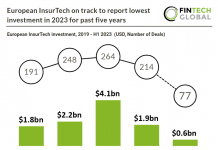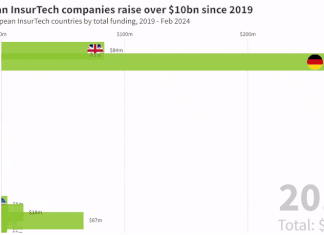Since the onset of Covid-19, financial crime and fraud has continued to rise in number and stature – which criminals riding the great wave of the mass migration online.
One area of fraud that is becoming a growing issue is in the area of authorised push payments – with the fraud practice exceeding credit card fraud in the UK for the first time. In the first half of 2021, £355m was lost to APP scams, up 71% on the year prior.
In a recent post by Quantexa, the company highlighted that a proliferation of these attacks has reinforced that the current ways of detecting fraud are falling short and that financial institutions need to reconsider how scams such as APP fraud are detected.
What exactly is APP fraud and what does a typical scam look like? According to Quantexa, APP scams happen when a person or organisation is tricked into transferring money to a fraudster who is posing as a genuine payee.
The company said that while the pressure is on banks to protect unsuspecting victims, stopping these attacks means getting to the root of the problem in APP fraud – which is online platforms and social media sites.
To tackle the damaging implications of APP scams, the Payment Systems Regulator have set out three key measures. The first is reimbursing victims, with the regulator setting up a steering committee to create an industry code which provides reimbursements for victims of APP fraud.
The second measure promoted by the PSR is the publication of fraud data by banks. According to Quantexa, reputational and consumer experience are both key for retaining or winning business. The firm added, “The PSR’s claim that they will make fraud data publicly available is a growing concern for banks as not only will customers and competitors be able to see how susceptible they are to fraud, but fraudsters will also know which banks have the weaker controls for them to exploit.”
Quantexa underlined the third key measure as being improved intelligence sharing. While the industry establishes the best way to improve intelligence sharing, one solution being proposed by the PSR is to leverage the power of context to create a mechanism for notifying and investigating suspicious activity sooner.
The PSR underlined that a better alternative to tackling scams such as APP fraud may be to develop industry-agreed principles for the two-way sharing of specific elements of data, at strategic points within the payment journey. This could use APIs outside the transaction and could therefore include other data – for example, highlighting suspected mule accounts to receiving PSPs.
Quantexa detailed in the post that the most successful scam detection and prevention results are being achieved by banks who undertake a number of different processes. These include applying entity resolution to consolidate datapoints around people of interest to generate a single customer view, leveraging advanced analytics technology to identify fraud tactics and spot subtle patterns, analyse more data and consider accounts that are more susceptible of falling victim to scams.
Read the full post here.











